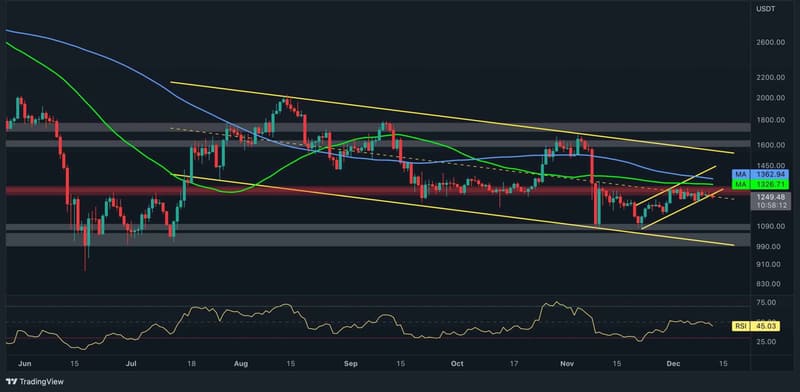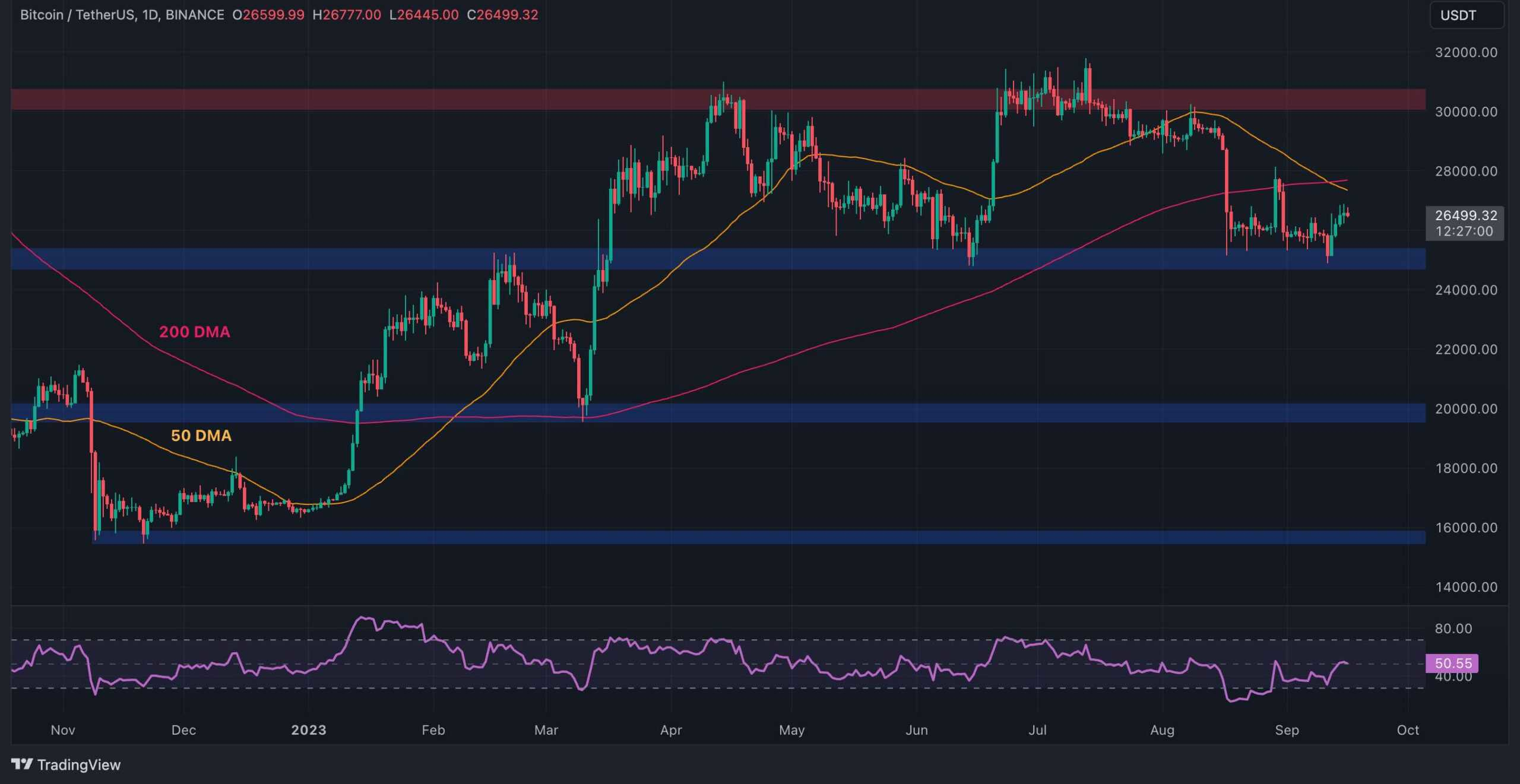
While Bitcoin continues to maintain its position as the dominant cryptocurrency, multiple headwinds are likely to challenge its price momentum in 2022, potentially leading to significant volatility and a sharp downturn.
1. Macroeconomic Headwinds, Regulation, and Investor Sentiment
The global macroeconomic environment in 2022 is expected to be less favorable for Bitcoin compared to 2021. The Federal Reserve’s shift toward tightening monetary policy poses a direct challenge to cryptocurrencies. This tightening could cause a shift in investor behavior, pulling capital away from cryptocurrencies and into traditional assets. As we saw in previous cycles, Bitcoin’s price has been highly sensitive to shifts in macroeconomic conditions, and 2022 may see a similar reaction, with downward pressure from both institutional investors reducing their exposure and retail sentiment waning.
Furthermore, the ongoing uncertainty surrounding global regulation will likely have an impact on Bitcoin’s price. In 2021, China’s ban on cryptocurrency mining and trading had a significant impact on Bitcoin’s price, causing sharp dips in its market value. In 2022, the global regulatory landscape will remain a critical factor, with increasing scrutiny on Bitcoin and other cryptocurrencies. If regulators in major markets, such as the United States or the European Union, impose harsher regulations, Bitcoin’s price could face additional downward pressure.
2. Price Levels and Support Zones
In December 2021, Bitcoin’s price is hovering around $47,000–$50,000. However, with the challenges of tightening monetary policy, increasing regulation, and possible market corrections, Bitcoin is likely to face significant resistance in maintaining its upward momentum. The $60,000–$65,000 range, which had previously acted as a key resistance zone in 2021, will be critical to watch. A failure to breach this resistance in 2022 could set the stage for a bearish scenario.
On the downside, key support levels are located at $40,000 and $35,000. Bitcoin has historically tested these levels during market corrections, and a failure to hold support at these levels could trigger a deeper downturn, potentially testing the $30,000 mark. Given the heightened market uncertainty, there is a strong possibility of Bitcoin falling into the $30,000–$40,000 range throughout 2022, especially in the wake of broader market sell-offs. Further downside risk exists if Bitcoin breaks below $30,000, with support zones looking to be around $20,000 to $25,000.
3. Network Growth and On-Chain Data: Declining Investor Confidence
While Bitcoin’s network continues to grow, with a steady increase in transactions and wallet addresses, investor sentiment is likely to be a significant factor influencing its price in 2022. The declining number of new retail investors, paired with an overall decrease in retail participation, may contribute to downward pressure on Bitcoin’s price.
On-chain data, such as miner activity, also signals a potential slow down. While Bitcoin miners have maintained their operations, higher energy prices, coupled with regulatory crackdowns, could force miners to reduce their output or even exit the market. A reduction in mining activity could further contribute to Bitcoin’s price weakness, especially if it signals a loss of confidence in the asset’s long-term viability.
4. Price Predictions for 2022: A Bearish Outlook Amid Rising Risks
Based on the fundamental and technical analysis, Bitcoin’s price trajectory in 2022 appears to be skewed toward the downside. In the short term, Bitcoin could experience a period of consolidation around the $40,000–$45,000 range, with some potential for upward movement toward the $50,000–$55,000 zone. However, the key resistance levels at $60,000–$65,000 are likely to be too strong to break through in the short term, especially given the broader market conditions.
In the worst-case scenario, Bitcoin could face a severe downturn if it loses support at the $40,000 level, with a potential drop to the $30,000 or even $25,000 range. In this scenario, Bitcoin would likely undergo a significant market correction, driven by both macroeconomic factors and the continued regulatory uncertainty surrounding the broader cryptocurrency space.
5. Navigating a Bearish Market for Bitcoin in 2022
As Bitcoin enters 2022, it faces significant headwinds that could negatively impact its price. The tightening of monetary policy and regulatory concerns are likely to weigh on Bitcoin’s price. While Bitcoin remains the dominant cryptocurrency and its long-term potential remains strong, 2022 is shaping up to be a year of price consolidation and potential bearish movement.
Given the current macroeconomic and market environment, Bitcoin’s price could face downward pressure, with key support levels at $40,000, $35,000, and $30,000. A further decline toward the $20,000–$25,000 range is possible if market conditions worsen or if regulatory actions are more stringent than anticipated.
While 2022 may present a period of volatility and potential declines, these conditions could provide a favorable entry point for investors with a long-term perspective, who believe in the future of Bitcoin and the wider cryptocurrency market. Therefore, while short-term fluctuations are to be expected, the long-term outlook for Bitcoin remains positive, and those who can weather the storm may find themselves in a strong position for future growth.



